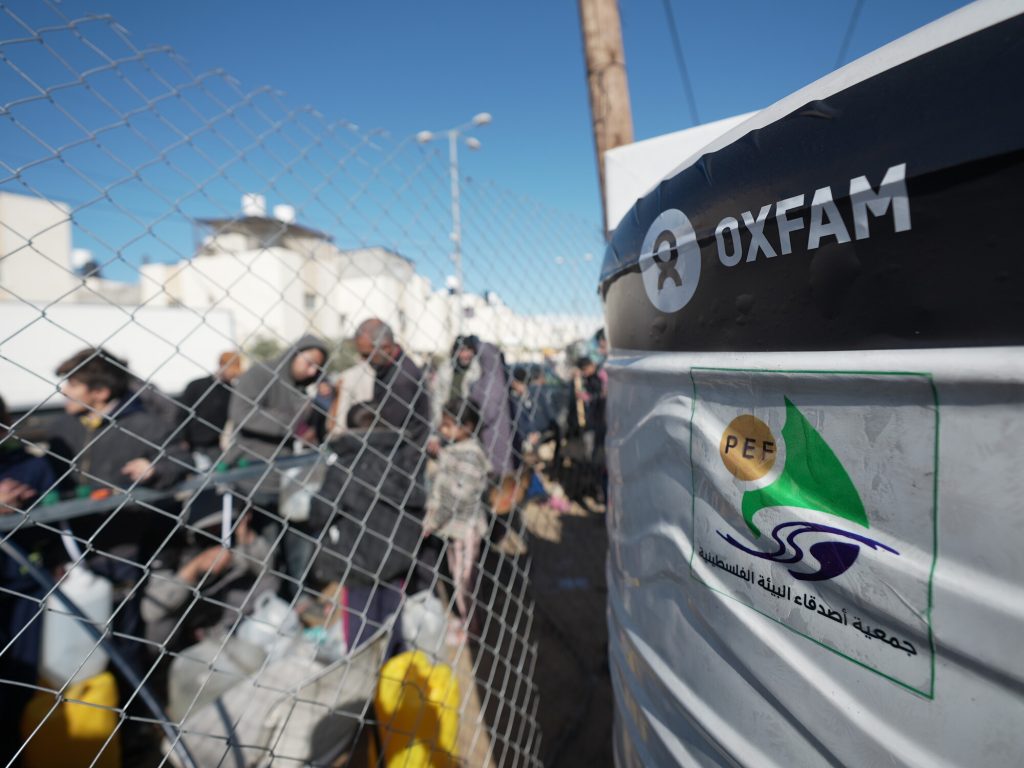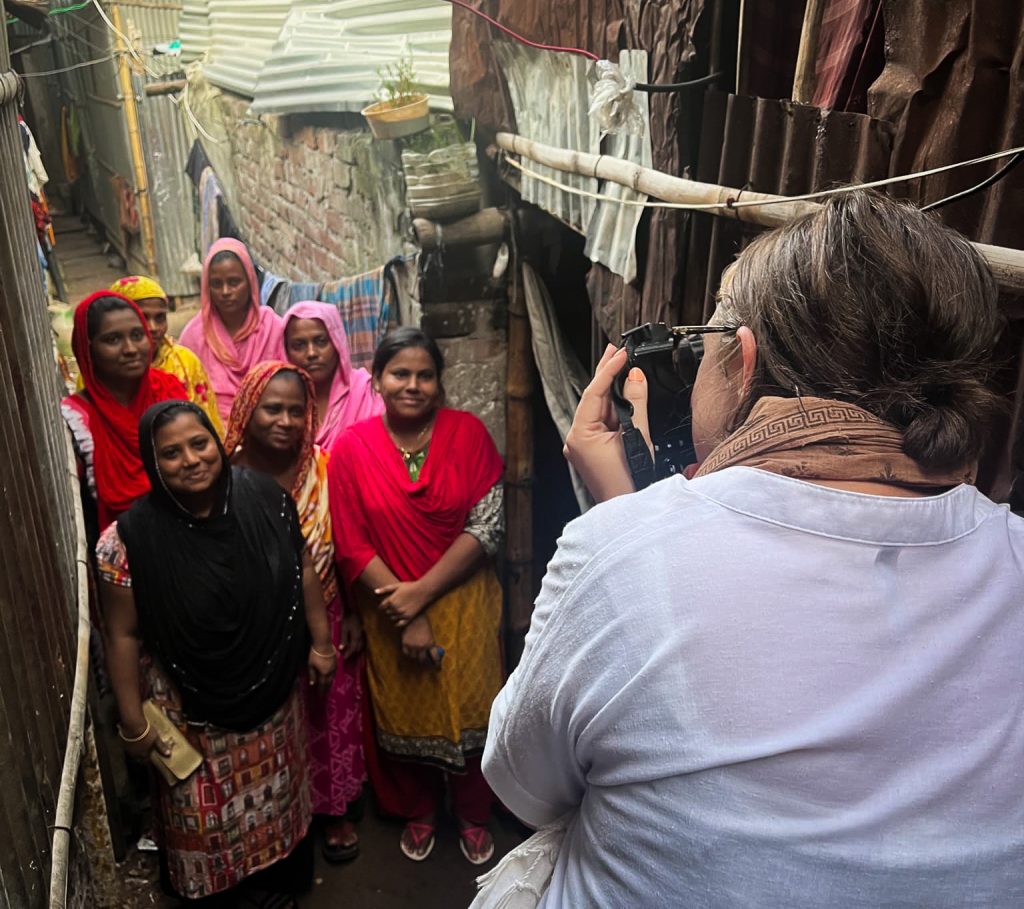Gaza’s youth using art to overcome the scars of war
Last summer, 16 year old Eba'a Hamouda watched terrified as the bombs fell all around her in Gaza. Since then she has used her love of drawing and writing to try and come to terms with what happened.
"When I'm sad, I draw and write," she says. "After all that I went through, like all my peers – being imprisoned in Gaza, living horrible moments of war and seeing many people my age being killed or losing their homes – this is the only way that I can speak about what I feel. And also, about my hopes and dreams.”
Eba'a is one of the young people in Gaza being helped by Oxfam's partner, the Culture and Free Thought Association (CFTA). According to the UN, more than 300,000 children and young people in Gaza need psychosocial support after the trauma of the conflict – the third in six years. Many lost relatives, friends, homes and schools in the bombing.
At CFTA, Eba'a says, "I found a place where I can turn my energy into art." After the horror of the past years, she still hopes of a better future. "I have a simple dream – to travel, visit other countries and see how the world looks outside Gaza."
But under the Israeli blockade – now eight years old – most people in Gaza are unable to leave. "I feel how deprived children in Gaza are when I see photos of children on the Internet and on TV travelling from one country to another," says Eba'a. "This is a basic right that we should all enjoy.”
Eba'a recently took part in an event organised by CFTA to launch a new book and drawings produced by teenagers from across Gaza. Some of the drawings were produced by 17 year old Hamza Shaheen. A year ago Hamza and his family had to flee their home to escape the bombing. He started to go to CFTA soon after, where he was encouraged to paint about what he went through.
"I found a lot of support there and my skills have really grown," says Hamza. "I organised and participated in different exhibitions – it's a big success in my life. I never imagined that people would come and see what I draw. I even did a drawing that was sold in America! This made me more self confident and gave a meaning to my life. Drawing is my life. It helps me to express my feelings and share my thoughts, and to tell the outside world about the suffering we live in Gaza and how children felt during the war. I want to use my talent to bring change to the lives of Gaza's children."
Hamza dreams of becoming a famous artist, but knows this will be difficult living in Gaza under blockade. "But I insist this should not stop me from dreaming," he says.
Eight years of blockade and conflict has left life extremely tough for Gaza's youth. The economy has been devastated, with more than 60 percent of young people now unemployed – the highest rate in the world. Students who have received places at universities overseas, or at Palestinian universities in the West Bank, have been prevented from travelling to attend. More than 20 schools and kindergartens that were bombed in last year's conflict still lie in ruins. Yet at CFTA, young people are refusing to give up and trying to find their own ways to cope, and raise their voices of hope.

